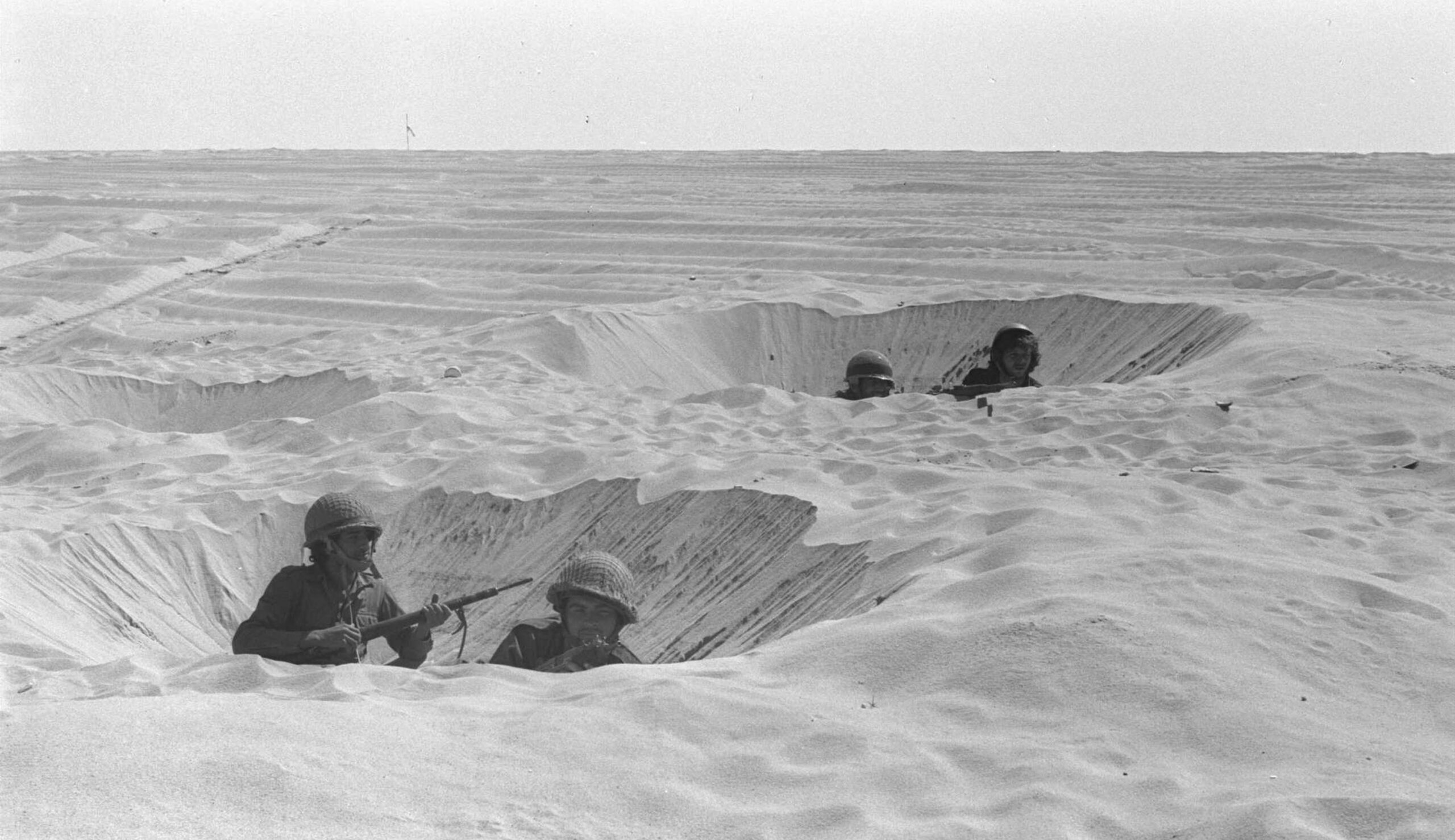During his renovations of Jerusalem in the 1st century BCE, King Herod ordered the construction of a large building called a stoa, just opposite the Temple. The stoa, a common feature of Roman cities, served as a commercial and administrative center, where banks, shops, and courts were located. Due to the contradictory, and sometimes self-contradictory, ancient accounts of the structure, which do not line up neatly with archaeological evidence, scholars have long struggled to determine its size, layout, and location. Nir Hasson describes a new theory. (Free registration may be required.)
A recent study by Orit Peleg-Barkat of the Hebrew University archaeology department reexamined [the ancient Jewish historian] Josephus’ text in comparison with archaeological finds from Temple Mount digs in the 1970s. Focusing on fragments of decoration found from the time, she extrapolates to the construction of the buildings. . . . Tens of thousands of [these fragments] from [Herod’s day] have been kept in underground storehouses in the Hebrew University’s Mount Scopus campus. Peleg-Barkat dusted them off and started combing through them, seeking fragments of walls and ceilings.
The fragments confirm that the colossal structure was somewhere between a Roman basilica and a Greek stoa—both being, simply, roofed meeting places, places of administration, government, law, and trade. . . . Probably there would have been other structures by the stoa—which is almost certainly the place where Jesus flew into rage at the sacrilege [as described in the Gospels].
The assembly of stone ornamentation fragments found on Temple Mount differs from the assemblies collected at Herod’s palaces on Masada, in Jericho, and at the Herodium [palace south of Jerusalem], says Peleg-Barkat. “First of all, they used Jerusalem limestone, which has much higher quality. Secondly, the quality of the carving is extraordinary, indicating that it was the work of first-class artisans, involving vast investment of resources,” says Peleg-Barkat. “Even though the work was done by local artisans, we see the influence of Rome and the Syrian region.” . . . The local influence is clear, she adds, in the total absence of figurative art in the fragments—[a result of] the traditional Jewish prohibition against the use of graven images.
More about: Archaeology, Herod, History & Ideas, Jerusalem, New Testament, Temple Mount


